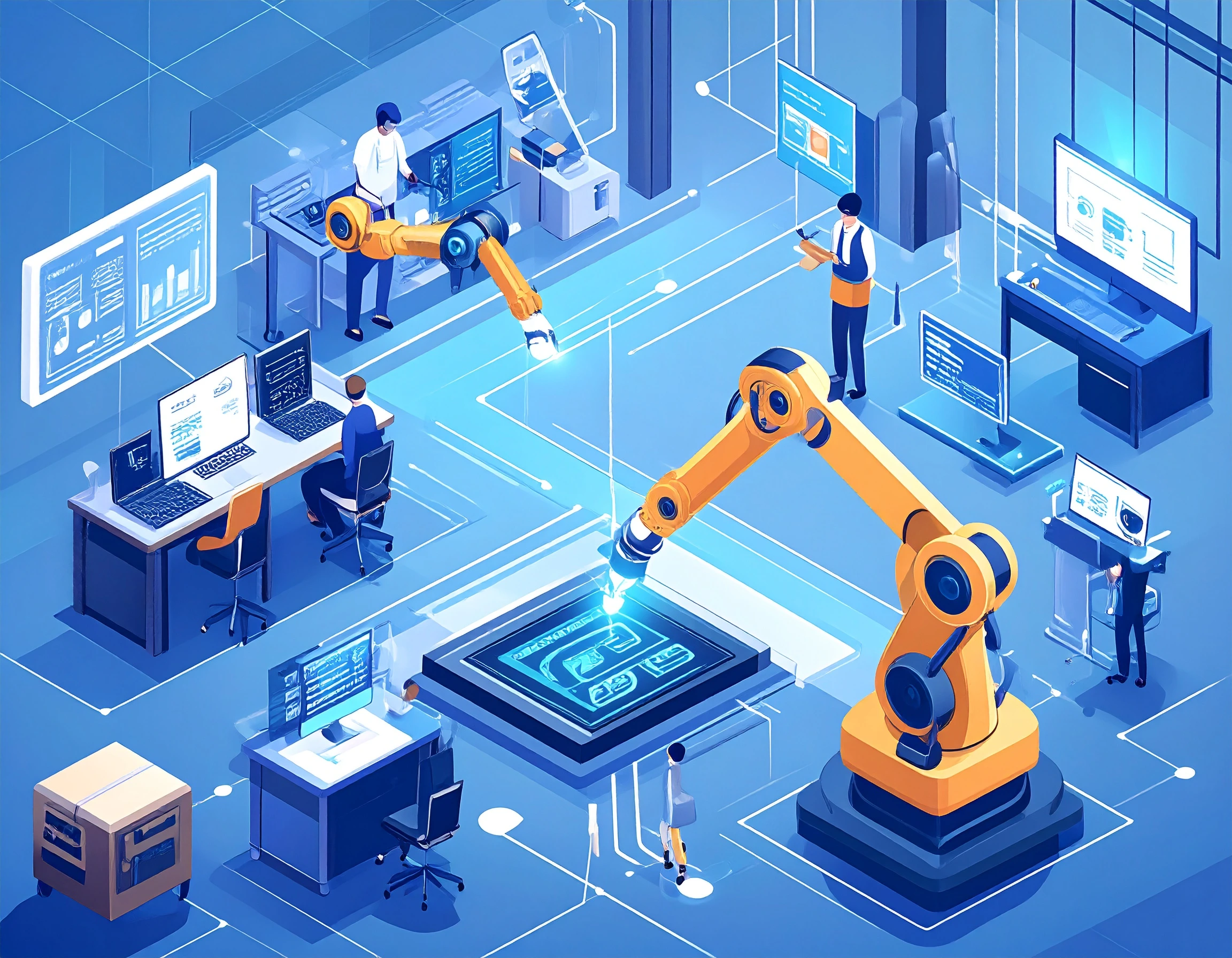 29 July 2025
29 July 2025
Agentic Workflows Explained with Real AI Use Cases, Tools and Vendors
The conversation around automation is shifting from task-based execution to outcome-based intelligence.
At the heart of this evolution are agentic workflows: dynamic, goal-oriented processes where autonomous AI agents can plan, execute, and adapt to achieve complex objectives with minimal human intervention.
Unlike traditional automation that follows a rigid script, AI agentic workflows represent a move towards systems that can think, reason, and act.
And enterprises are adopting these AI agentic workflows faster than ever before. To give you an idea of the scale, a study by IBM is forecasting an 8.3x increase in AI-enabled workflows by the end of 2025.
Here's how leading agentic AI companies are using this technology to build solutions for a range of industries.
Real-World Agentic Workflows Examples
The power of agentic AI is best understood through its applications. Here are some real-life examples of how agentic workflows are being used.
- Intelligent Customer Support: An agent can receive a customer's email, understand its intent and sentiment, access the CRM to review their history, query a knowledge base for a solution, and draft a personalized response. If the issue is complex, it can escalate the ticket to the right human agent with a full summary.
- Supply Chain Optimization: In logistics, an AI agentic workflow can monitor inventory levels, track shipments, and analyze weather patterns. If a delay is detected, an agent can autonomously reroute a shipment, notify all relevant stakeholders, and update inventory forecasts in real time.
- Automated Financial Auditing: An agent can be tasked with auditing expense reports. It can access receipts, cross-reference them with company policy, check for anomalies or potential fraud, and approve or flag reports for human review, handling the entire process from submission to resolution.
Key Tools and Agentic AI Vendors
The growth of agentic AI is supported by a robust ecosystem of tools and platforms. Foundational models from companies like OpenAI and Google provide the core reasoning capabilities.
On the application layer, enterprise players are leading the charge. IBM (with its Watson platform), Atlassian (with Rovo AI assistant), and Kiksy (with human avatar plugins) are all building sophisticated tools to help businesses create and manage agentic workflows.
These platforms provide the frameworks and integrations necessary to connect AI agents to existing enterprise systems, making next-generation automation a practical reality for businesses today.
Frequently Asked Questions (FAQs)
What are agentic workflows in AI?
Think of agentic workflows as a new way to automate. Instead of giving an AI a strict list of instructions, you give it a goal. The AI agent then figures out the best way to get there. It can create a multi-step plan, use different software tools, and even adapt if something unexpected happens.
What is agentic AI automation?
Traditional tools like RPA are great for simple, repetitive tasks because they just follow the rules you give them. Agentic AI automation, on the other hand, can handle entire complex jobs. It can manage a whole marketing campaign or solve a customer's problem from beginning to end because it can make its own decisions.
What is an example of an agentic AI use case?
A great agentic workflows example is in sales outreach. An AI agent can be tasked with "generating 10 qualified leads." It would then research potential companies, identify the right contacts, draft personalized emails, send them, and even handle initial follow-ups, passing only the interested, qualified leads to a human salesperson.
What is the agentic approach in GenAI?
The agentic approach in GenAI involves using a generative AI model (like a large language model) as the "brain" of an autonomous agent. The model isn't just used to generate text; it's used to reason, plan, and decide which actions to take next to complete a complex task.
What is the difference between AI and agentic AI?
"AI" is a broad term for technologies that mimic human intelligence. Agentic AI is a specific type of AI that is defined by its autonomy. While a standard AI might classify an image or translate text when prompted, an agentic AI can take a high-level goal, create a plan, and execute a series of actions across different systems to achieve it without needing step-by-step human guidance.
Kavita Jha
Chief Executive Officer
Kavita has been adept at execution across start-ups since 2004. At KiKsAR Technologies, focusing on creating real life like shopping experiences for apparel and wearable accessories using AI, AR and 3D modeling.
